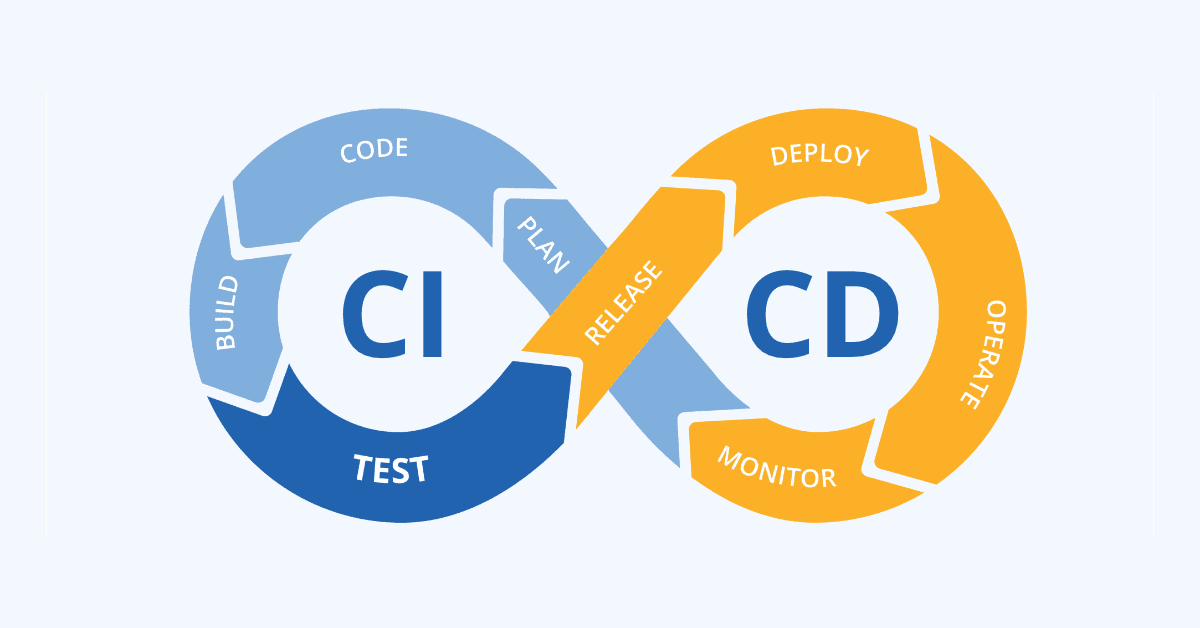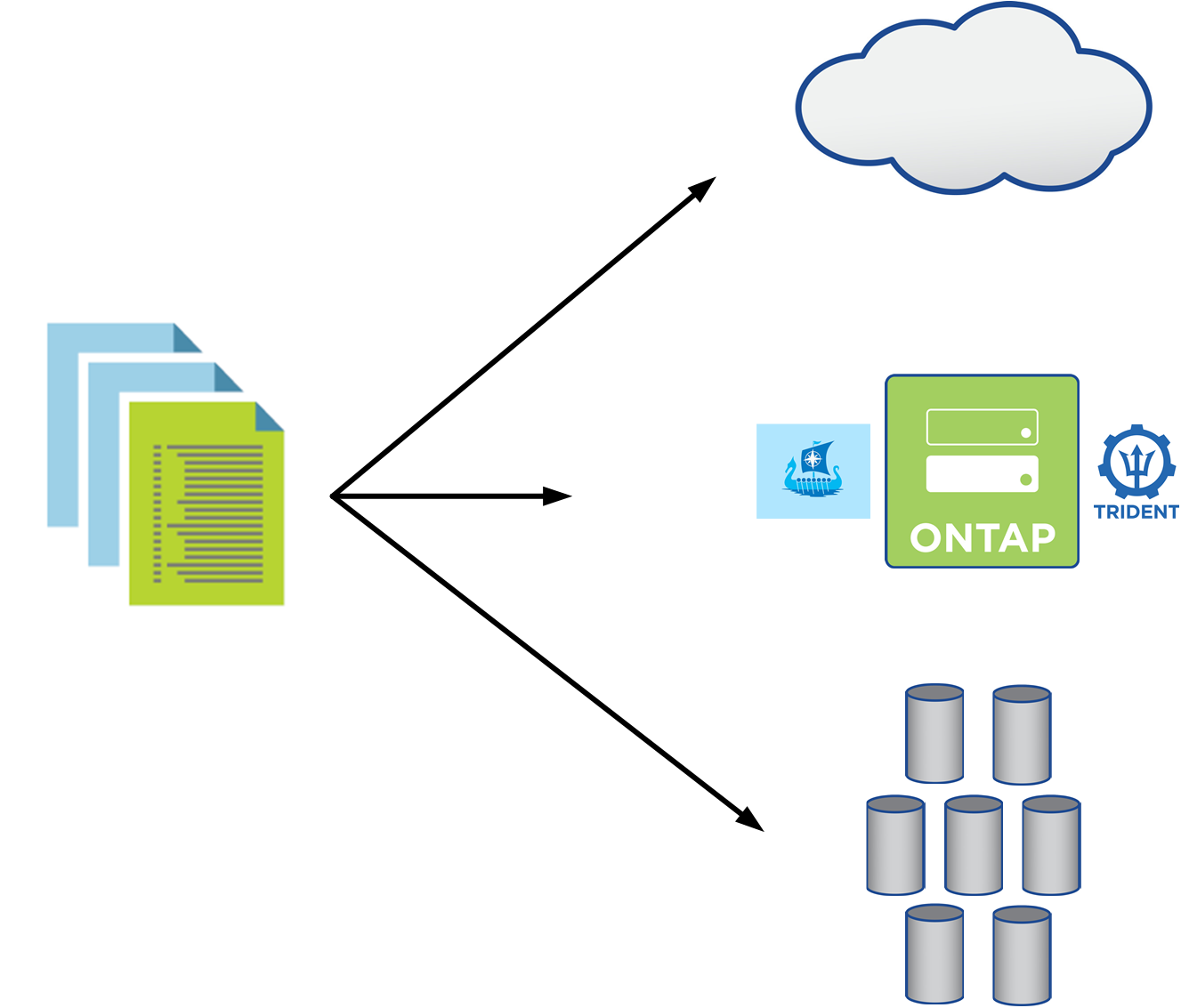DevOps Overview
 Suggest changes
Suggest changes


-
 PDF of this doc site
PDF of this doc site
-
 Artificial Intelligence
Artificial Intelligence
-
 Public and Hybrid Cloud
Public and Hybrid Cloud
-
 Virtualization
Virtualization
-
 Containers
Containers
-
 Red Hat OpenShift with NetApp
Red Hat OpenShift with NetApp
-
-
Collection of separate PDF docs
Creating your file...
Over the past several years, organizations that build software have been embracing the concepts of DevOps. DevOps practices break down organizational barriers, bringing development and operations teams closer together. DevOps practices also empower the teams to accelerate delivery, increase availability, and make services and applications more stable, thus improving the team’s productivity. In addition, adoption of an automation framework is also a key ingredient of success — from building, testing, and operating applications at scale or managing a fully automated infrastructure platform or stack. Below we discuss some primary use cases for DevOps where NetApp solutions can be implemented to help enhance the experiences that DevOps practitioners encounter during their daily practice.
DevOps use cases
Although DevOps does not have a single, universally accepted definition, solutions for DevOps practioners typically contain similar constructs or ideologies that enable easy implementation, repetition, and management at scale. The following sections describe potential use cases for DevOps workflows enabled by NetApp solutions.
Continuous Integration, Continuous Delivery, and Continuous Deployment (CI/CD)
Continuous Integration, Continuous Delivery, and Continuous Deployment (CI/CD) is a coding philosophy that encourages developers to implement and transform their coding practices by establishing a method by which they can consistently update, test, and deploy their code in an automated fashion. The most popular method by which CI/CD is implemented in most DevOps workflows is that of the CI/CD pipeline, and there are several third-party software applications that can help achieve this.

See the following examples of popular applications that can help with CI/CD-type workflows:
Some of the use cases included later in this technical report have been demonstrated in Jenkins, but the primary CI/CD principles can be applied to whatever tool an organization has implemented in their own practices.
Infrastructure as code
Infrastructure as code helps provision and manage IT resources through automated commands, APIs, and software development kits (SDK). This concept greatly enhance the DevOps experience by removing physical data center or resource limitations that could prevent developers from meeting their objectives.

End users often use programming languages such as Python or automation tools such as Ansible or Puppet to create automated and repeatable infrastructure scaling actions that can be called by developers when needed.
Both NetApp ONTAP and Astra Control contain public facing APIs and ansible modules or software development toolkits that make automating operations very easy to adopt and integrate into DevOps processes.



 Artificial Intelligence
Artificial Intelligence